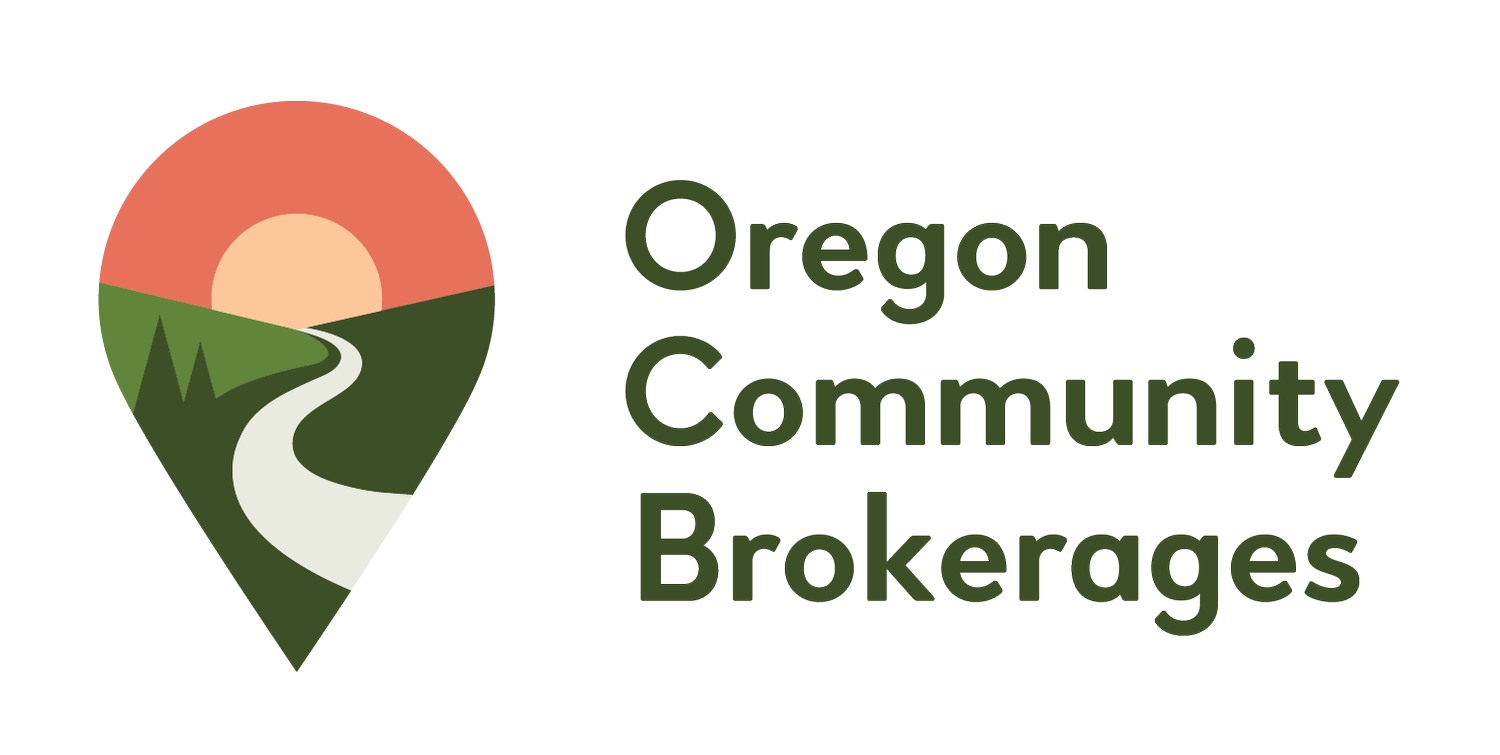The State Budget Process: What Do I Need To Know?
For the IDD system, the budgeting process is often a roller-coaster of emotion and advocacy. Service levels, program funding, and provider rates are all determined by the biennial state budget. On December 1st, Governor Kate Brown released her Governor's Recommended Budget (GRB), which is a detailed budget plan for the 2017-2019 biennium. To get a handle on where the GRB falls in the full budget process, let's take a closer look at it from start to finish.
First stop: The Agency Request Budget (ARB) An Agency Request Budget is a formal report submitted by each state agency detailing their funding priorities. The report includes an outline of how they would budget money, some discussion on prevailing trends and changes over the past couple of years, and also a reduction list. The reduction list constituting 10% of the total agency budget is a statutory requirement, and a deeper cut list may be requested by the Governor's office. You can find the ARB for the Department of Human Services by clicking here, and you can read comments on the document from Office of Developmental Disabilities Services Director Lilia Teninty here.
Next up: Governor's Recommended Budget (GRB) After receiving the data, priorities, and in-put from each state agency, the Governor's office then reviews them, applies its own priorities and judgment, and synthesizes it all into a single state budget recommended by the Governor. This becomes the document supported by each state agency, regardless of how it aligns with the priorities and wishes in their ARB. This document is often used as a platform for advocacy during the legislative budget session.
The long haul: Legislatively Approved Budget (LAB) This process is what ultimately determines the budget that Oregon will adopt for the ensuing two years. Each full legislative session runs from February 1st until they have completed their work, or until Sine Die--a date determined ahead of time to be the official cut-off of the legislative session. The Sine Die date for 2017 session is July 10th. From February to the end of June, legislators are tasked not only with the work of creating new laws, but also with establishing a state budget for the next biennium. This work is primarily done by the Joint Committee on Ways and Means and its Sub-Committees. These committee members hold hearings, accept public testimony, conduct a statewide roadshow to collect feedback from Oregonians, and take meetings with constituents to gather information about what is most important to Oregon. This is a long and difficult process that pits vital needs of Oregonians against one another--tough choices always have to be made. After hours of debate, discussion, and consideration, a budget is finally approved via a bill signed and approved by each legislative body, and the Governor. (In 2015, it was House Bill 5026.) This is what each agency works off of for the next two years, with periodic opportunities to request emergency funds to cover unexpected overages.
Now that we understand the budgeting process, we can understand the context of the Governor's Recommended Budget. It is an important document, in that it signals the priorities and will of our highest executive office. It is also important to know what the GRB says about the fate of IDD programs and services, because it signals where we need to focus our legislative advocacy efforts between now and Sine Die. Ultimately, however, Oregon has given final budget authority to its legislature. Our work, and their work, lies ahead.
Read Part Two here: The State Budget Process - This Year's Recommendations from the Governor
